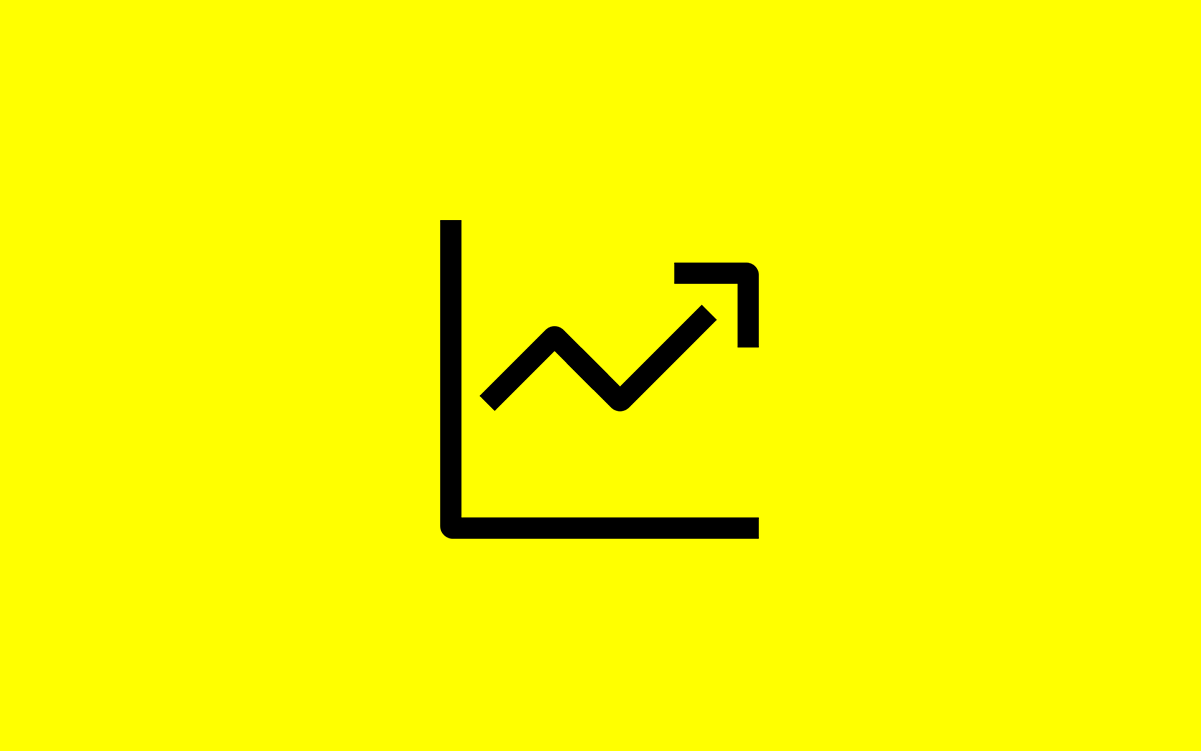
How TV advertisers need to respond to Coronavirus
A slightly different version of this was shared with clients only on Thursday, March 12th and we’ll continue to post regular updates on our blog going forward.
COVID-19 has become a reality for everyone. The impact goes beyond a few disrupted supply-chains out of Asia; by now, most of us will have friends or family directly impacted. This article in the Washington Post summarizes it well.
The TV markets are not escaping, either. Most people know about canceled sports events but another aspect is the increase in viewership owing to people staying at home more. At Tatari, we have the data from set-top boxes (33M households) and smart TV (VIZIO and LG, good for ~20M devices) to back it up. We see increased viewership across all genres, and news in particular (despite the already higher than typical viewership because of the elections). Let’s put some real numbers behind this.
When we say “all genres”, we mean it. Even children’s TV viewing is up. Kids are either home from school or parents simply don’t want to take them out of the house much anymore.
This data only runs through the past weekend. We expect viewership to swell further this week, especially as restricted social contact is enforced by law (e.g. cancelled concerts), leading in turn to even more people staying at home ... watching TV.
Programming is changing, too. With the cancellation of games (e.g. NCAA) or leagues (e.g. NBA), networks are scrambling to fill the time with attractive content (e.g. a re-run of Shark Tank!) and filling the ad inventory. The perishable nature of TV spots mean the networks must move fast. Already we have jumped on high-profile spots at bargain prices. We anticipate that such firesales will become abundant. Again, to put some real numbers behind it, many Tatari clients have saved as much as 80% on Prime high-profile shows.
Pricing and viewership mean TV advertisers should have a plan to react to canceled programming and new replacement choices.
Media-buying strategies need to be overhauled, too. A reach campaign constructed around major sports events needs rewriting for new content that is attractive. Subsequently, new programming and network allocation drives a change in pricing and new bid optimizations. Even non-preemtable buys can benefit from a restructuring. At Tatari, the analysis stretches beyond our clients. We are carefully examining the entire market, identifying pockets where other advertisers will pull out (e.g. Cruise ships), which our clients can leverage in turn to meet their advertising goals.
We worked from home last week, and plan to do so again next week. We are stress-testing Google Hangouts (our company huddle exceeded 70 dial-ins, and we may soon get Zoom (not this “ZOOM”). In the midst of this turmoil, we remind Tatarians to remain positive and appreciative of our situation. We can work from home. We are not stuck on a boat. We have healthcare coverage. Millions of our fellow Americans may not be in the same privileged situation. Therefore, take care of yourselves and family & friends first; TV advertising is secondary.
Me, “working” from home.

Philip Inghelbrecht
I'm CEO at Tatari. I love getting things done.
Related
Learn how Tatari clients stayed ahead of the Coronavirus (and how you can, too).
As it relates to TV advertising, Tatari has published daily (and intra-day) updates with our clients, and we summarized some from this past week in this post.
Read more
How to measure TV performance?
TV advertising used to be a “spray and pray” process. Advertisers would purchase very expensive spots based on just intuition. Now, TV performance can be both measured and optimized with these two components.
Read more
Why Q5 Remains One of The Most Wonderful Times of Year to Advertise on TV
Q5 isn’t a post-holiday lull—it’s a hidden goldmine where TV CPMs drop, engagement spikes, and smart brands grab premium inventory before the new year hits. Discover why this overlooked week can deliver some of the best performance of the entire season.
Read more


